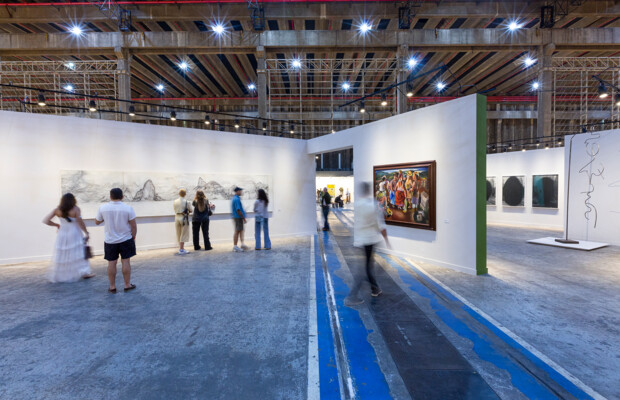Celebration of Africa's vibrant heritage
1-54 Contemporary African Art Fair, London 2023
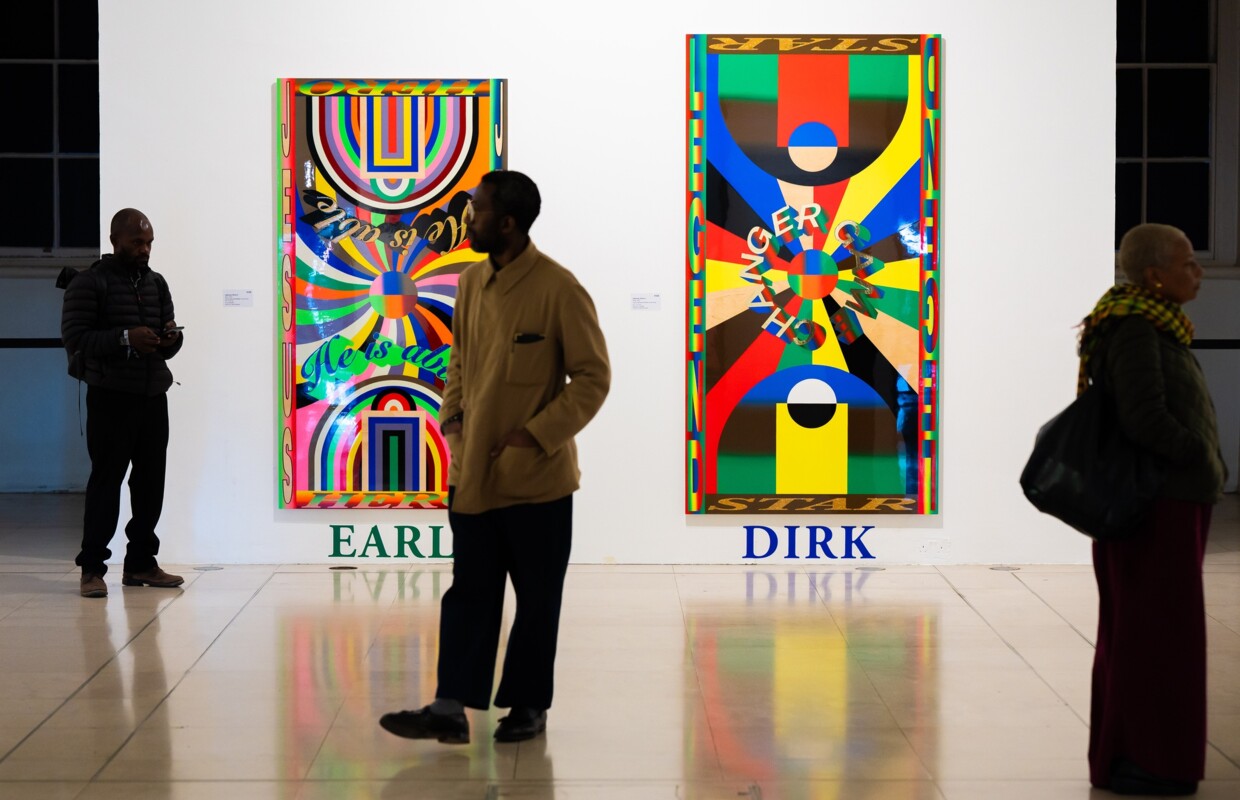
1-54 Contemporary African Art Fair was delighted to return to Somerset House for the 11th consecutive year. It was taking place from 12 – 15 October 2023 (VIP & Press Preview 12 October), and the 2023 edition of 1-54 London hosted its largest number of exhibitors to date.
Of this year’s 62 international participants, one third was from the African continent and 14 galleries took part at the fair’s London edition for the first time. New and returning exhibitors presented over 170 artists working across an array of mediums from painting and sculpture to mixed media and installation.
There was specially commissioned artwork for the Edmond J. Safra Fountain Court at Somerset House as the Moroccan artist Amine El Gotaibi presented his most ambitious project Illuminate the Light. The work was fulfilled in collaboration with MCC Gallery in Marrakech. The artist presented twelve individual geometric sculptures inspired by the seeds of a pomegranate that varied widely in shape and colour, to represent the diversity and abundance of the African continent. Wielding light as a solid medium within the sculptures, El Gotaibi also used light as a metaphor to foster positive stories of Africa to counter the West’s frequent stereotypes of ‘the dark continent’. At dusk, the sculptures transformed into luminous installations, underscoring the artist’s philosophy that ‘out of darkness, light emerges’. There also was organised a special project, titled Evil Genius by Nigerian musician Mr Eazi in a first-of-its-kind merging of music and contemporary African art.
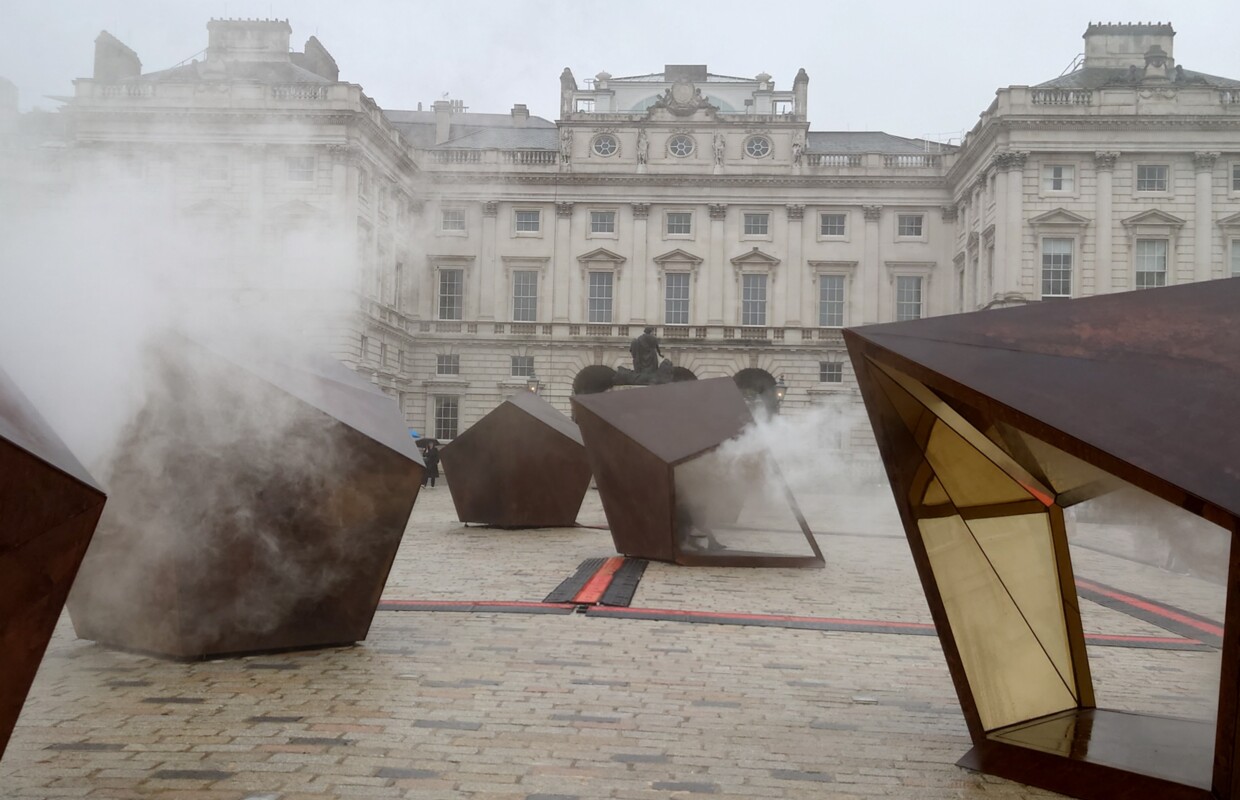

In addition to the exhibitors’ booths, this year’s edition also included a group exhibition Transatlantic Connections: Caribbean Narratives in Contemporary Art, curated by Caryl Ivrisse Crochemar. It was held at Christie's London headquarters and included work by artists such as Sonia Boyce, Zak Ové, Alberta Whittle and Anina Major. Crucially, the venture gave 1-54 an opportunity to test the market by collaborating with a number of galleries. The presentation attracted interest from Christie's clients, however the majority of collectors were from the fair itself, based on The Art Newspaper.
The collaboration with Christie’s will continue next year as shortly after 1-54 London’s edition in October 2023, the fair’s organisers announced its first foray into the Asian market with a series of selling exhibitions at Christie's Hong Kong in 2024. The objective is to expand reach and introduce the fair to new markets. It shows that 1-54 is keen on developing projects in untapped regions, particularly in Asia. Indeed, Hong Kong has been the site of much secondary market activity for the African art market. Despite this, 1-54 organisers say they have seen a recent increase in interest from galleries based in Asia wanting to participate in the fair, as well as a growing number of collectors from that region attending the fair. If all goes well, 1-54 hopes to launch a fully-fledged fair in Hong Kong. Most likely it will be at Christie's new headquarters in the city's central business district in 2025, the fair's founder Touria El Glaoui told to South China Morning Post.
A former wealth management adviser at a New York investment bank, later holding a senior position at tech company Cisco Systems, Touria El Glaoui obviously has a firm grasp of economics and makes frequent references to her range of market research. Touria also has been expressing thoughts about looking towards Abidjan in relation to the new edition of the 1-54 fair, but at the moment there is a strong try to get involved into the Asia’s art space.
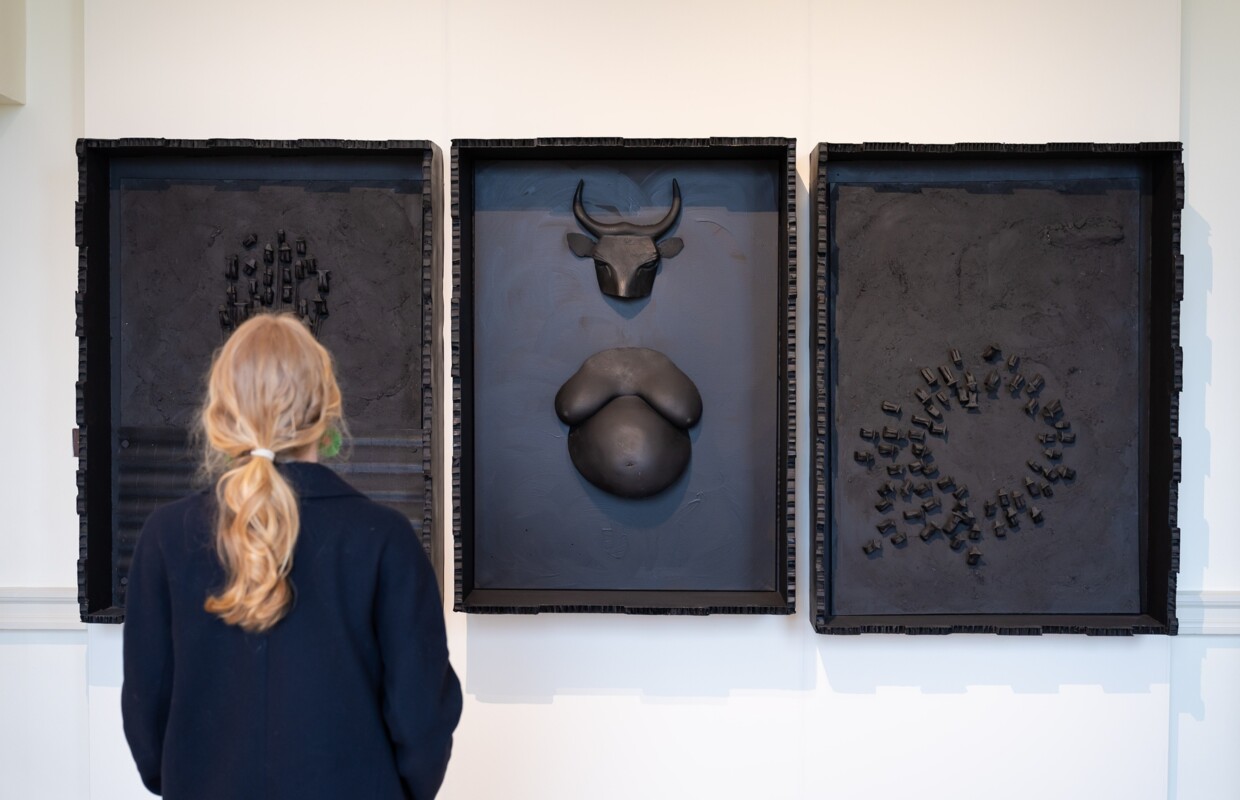
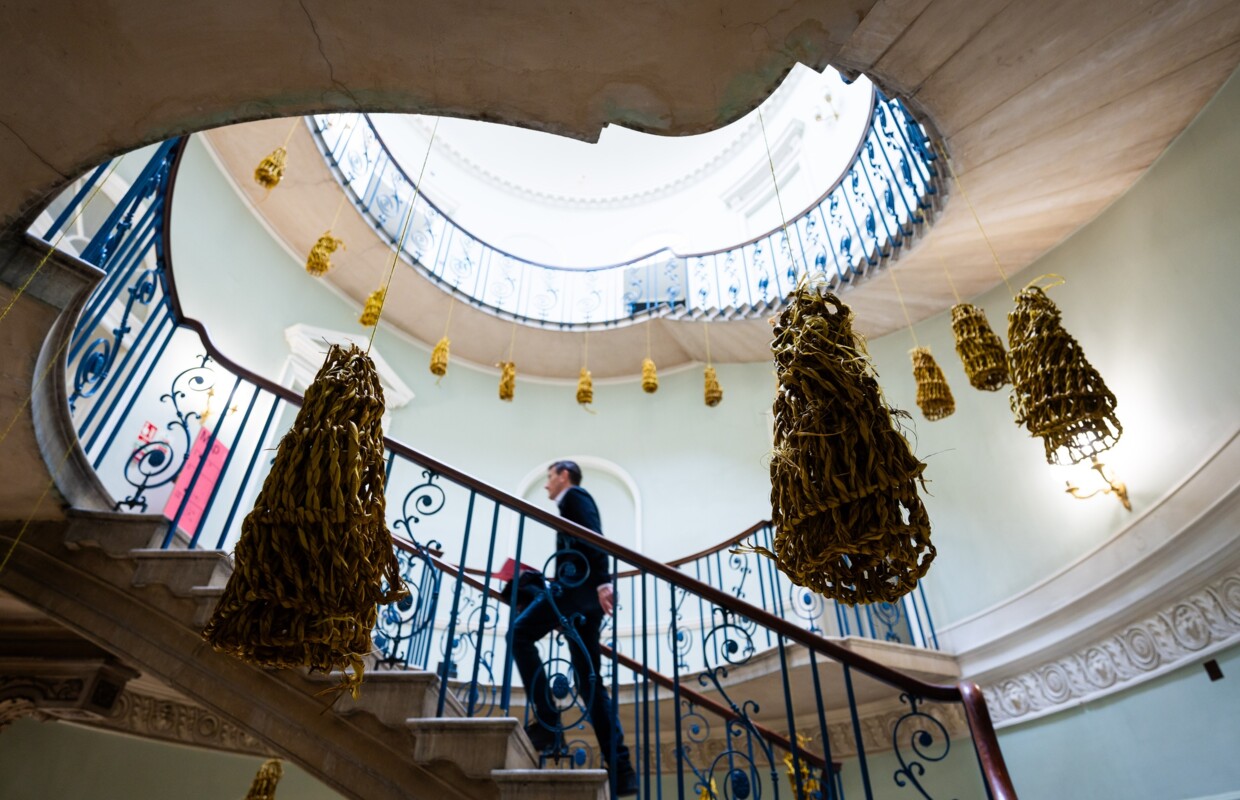
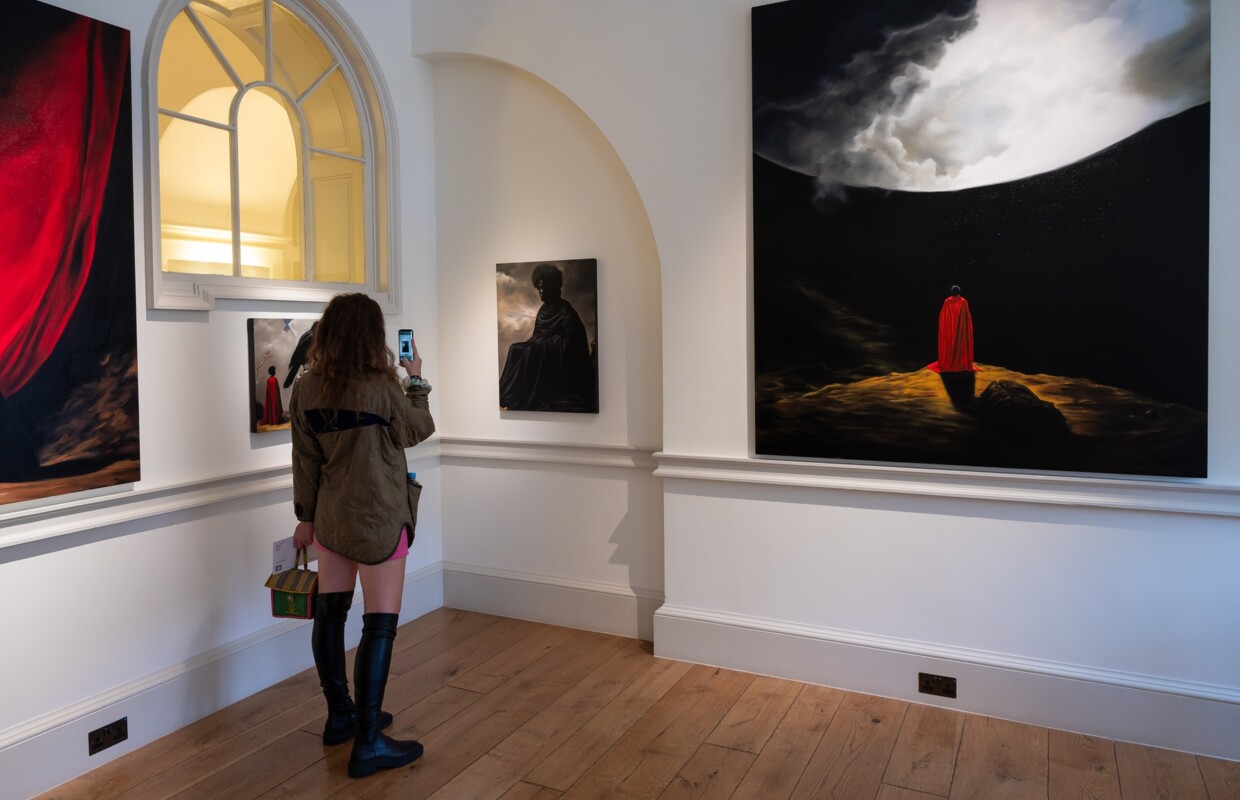
Contemporary African Art is often used to encapsulate the works crafted by African Contemporary Artists in Africa and its diaspora in the post-independence era. Since its first fair in London in 2013, 1-54 has presided over a massive shift in art world awareness and market interest in contemporary African and diasporic art practices with editions now held annually in London, Marrakech and New York. Definitely, 1-54 is the first and leading global event dedicated to contemporary art from Africa and its diaspora.
In parallel to 1-54 in London 2023, there was Julie Mehretu (Ethiopia) personal show at White Cube Bermondsey, El Anatusi (Ghana) artwork was on display in Turbine Hall at Tate Modern, and artists like Ibrahim Mahama (Ghana) could be bought at Frieze London 2023. Does it mean that artists from Africa and African diaspora have been finally fully recognized and are of crucial interest to leading institutions and worldwide collectors? The answer to this question is a strong ‘yes’.
A general category for post-1970 work by artists from Africa and contemporary African artists who grew up in the 1960s and 1970s experienced a period of substantial change and upheaval, as many African nations declared independence from their colonial rulers.
This was a period when many colonised countries in Africa began to reclaim their autonomy, resulting in a reinvigorated sense of patriotism and freedom of expression, which inevitably manifested itself in the visual arts.
Looking on these histories and at life in a post-colonial era, need to say that these artists were dealing with a range of issues, despite the fact that the continent began to globalise and was introduced to new styles, methods and media, and individuals had the opportunity to travel and experience new ways of life and different cultures. African artists used what they saw and experienced around them as fodder, subject matter and material for their artworks, which often concerned the topics of diaspora and identity, utilised and incorporated found objects or drew from traditional motifs or patterns to retain a strong sense of African indigeneity. It is important to point out that Contemporary African Art tells stories of Africa by Africans and its diaspora.
Diaspora is an essential concept in African art because it defines current African artists that are descended from their place of birth and strive to reconnect with the original area or cultural narrative.
The study of diaspora art history teaches how artists represent and bring their artworks in a global art market that requires such representation, as well as explores and analyses the connection of art and culture beyond the limitations of the art industry, such as holding the narratives of a homeland when relocating to another part of the world. Diasporas are transitional, and African art diaspora is a term used to characterize modern and contemporary art created by African artists as a social development and a construct used to value the cultural consciousness that exceeds other identifications.
Despite the continent’s history and decades of Contemporary African Art’s development, the ‘African art boom’ has only had its surge in recent years, though the market is undoubtedly growing. The growth of African Contemporary Art has been attributed to multiple factors, such as advances in cultural infrastructure; a growing number of museums and art galleries being built; the increase of art fairs and exhibitions that take place and a developing wealthy class in Africa who have the income to collect paintings, sculptures, and other artworks.
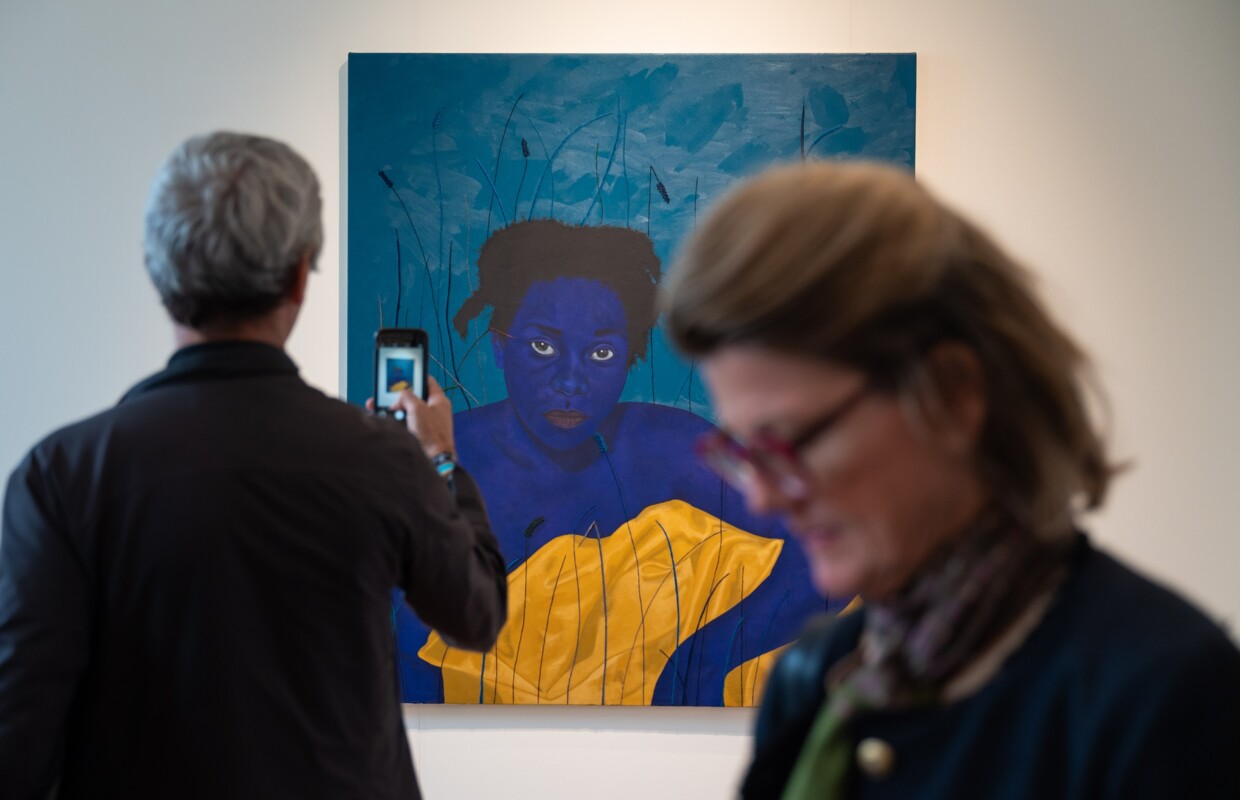
The acquisitions Tate made in 2012, the founding of 1-54 in 2013, Sotheby’s move into contemporary African sales in 2016 and MoMA’s hiring of the Nigerian curator Ugochukwu-Smooth C Nzewi in 2019, works as examples of a shift in the way modern African art was thought about and collected. Over the past decade, many museums devoted to African Contemporary Art have opened and the number of African art exhibitions has grown exponentially. For example, in 2016, The Museum of African Contemporary Art Al Maaden opened in Marrakech showcasing art from Morocco and its neighbouring countries. Likewise, in 2017, Zeitz MOCAA opened in Cape Town with the intention of exhibiting, collecting, and researching contemporary art from Africa and its diaspora. Additionally, in 2018, The Museum of Black Civilizations opened in Dakar, Senegal, with the goal of celebrating the history of black civilizations from across the globe. Also, there are art fairs organized within Africa and Europe specifically devoted to Contemporary African Art, where the 1-54 was the first international art fair to target African Contemporary Art from Africa and its diaspora. The fair created by Touria El Glaoui opened in London (2013), and then spread to New York (2015), and Marrakech (2018). Auction houses have increasingly taken interest in African contemporary artworks. The first sale of Contemporary African Art was organized by Bonhams in 2009 and was followed closely by the most reputed auction houses worldwide proving mainly positive results in sales. Additionally, many galleries now specialize in African Contemporary Art. Such is the case of MAGNIN-A, opened in 2009 by the curator André Magnin. Adding on Afriart Gallery in Kampala, Uganda; Goodman Gallery in Johannesburg and Cape Town, South Africa; Matisse Art Gallery in Marrakech, Morocco; and Omenka Gallery in Lagos, Nigeria as important galleries offering African contemporary artworks.
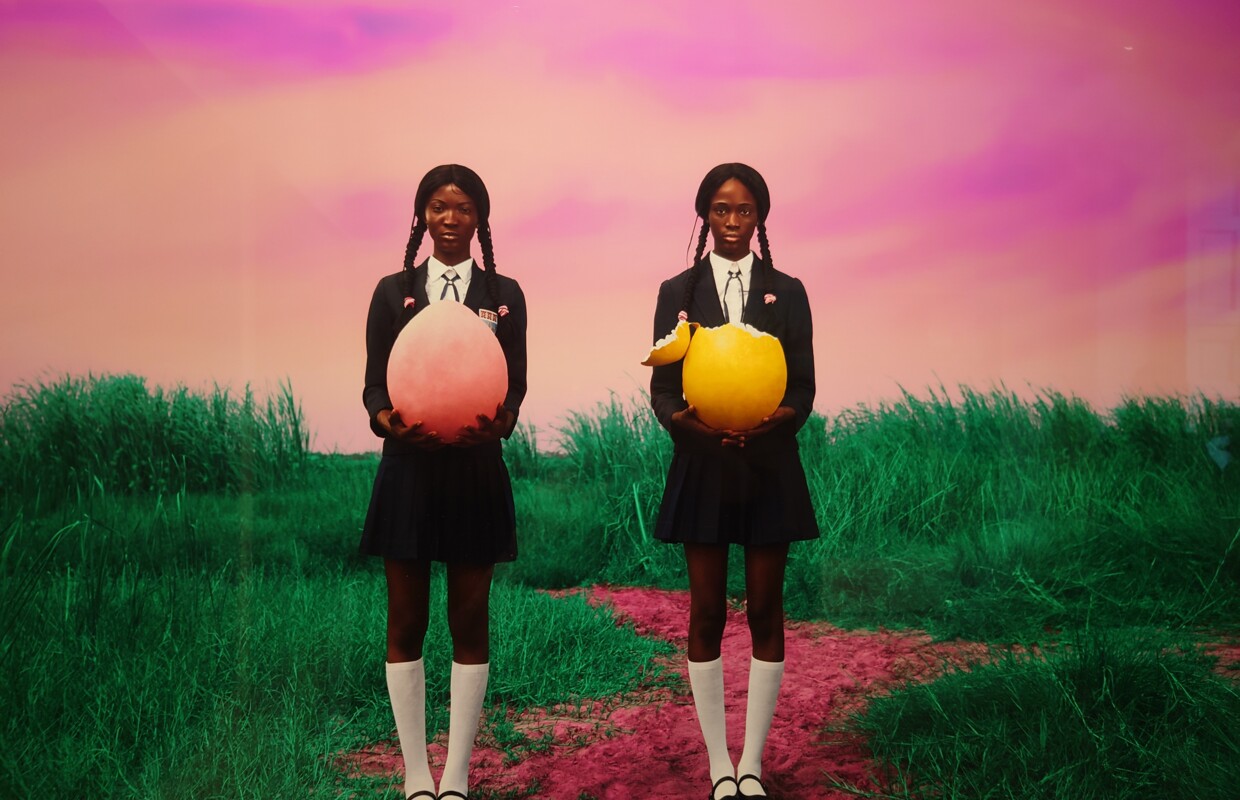
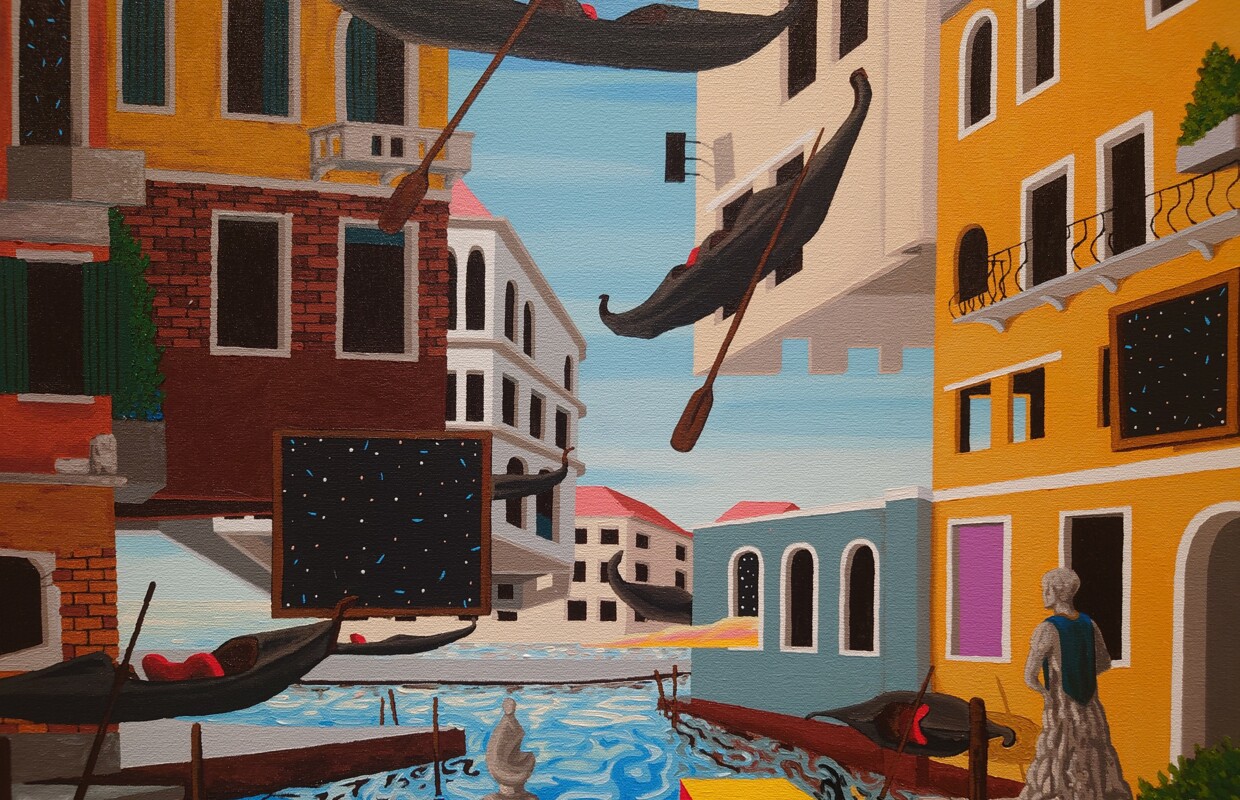
The impact of globalization has played an important role in the rising interest in African art. Globalization has contributed greatly to the representation of African artists in Western institutions, specially, as international art fairs have been established, hosted all over the world spreading more awareness globally. Furthermore, social media, and the feeling of being connected globally is another factor in the increased attention. In 2020, Art Review named Black Lives Matter as the most significant influence in modern and contemporary art, citing the increased visibility of black contemporary artists receiving awards and gallery appointments. Postcolonial theories and migration have transformed the originally Western-dominated art world into an institution of multiculturalism that includes non-Western and migrant artists, reinforcing the study of cultural identity and its relationship to art history. Furthermore, and as already mentioned before, art fairs play a significant part in the globalization and transfer of knowledge about current trends in the art world, as well as providing a fantastic view of competition, pricing, and reputation. Auction houses have adopted an upper-market approach to Contemporary African Art to meet their sales expectations, similar to the strategies they employ in other departments. This approach involves selling a smaller number of objects but at a higher price, carefully selecting works to be showcased at auctions, prioritizing the acquisition and sale of collections that are already known in the market, and developing effective marketing campaigns utilizing both print and digital media. Auction houses also host exclusive events to promote prestige and exclusivity, ultimately attracting modern and contemporary art collectors to African and Oceanic art. Sotheby's and Christie's even have begun to hire a new generation of art specialists, including art historians, philosophers, and business specialists, to build their new department focusing on African and Oceanic art. This new generation of art experts promotes a different perspective on African art, one that recognizes its artistic value as equal to other kinds of art. Additionally, they promote African art utilizing the digital era and online marketing tactics, to further change the old European thoughts on colonialism by confronting the problematic cultural legacy in the art world rather than avoiding it.
For the best understanding of Contemporary African Art today, we need to understand relationships between African culture and the world’s art.
We need to admit the history of colonialism in Africa in relation to the world, the current status of African art in the art market, and finally examine the role and strategies of art fairs, museums, galleries and auction houses when integrating contemporary African art into their sales and collections.
All these factors help art fairs in selling and promoting Contemporary African Art, where a crucial role has been played by 1-54.
It has been proved that one of the main reasons for collectors to be interested in African art is because it is something new, something vibrant and something that has a deep meaning with a lot of history embedded in the art. The collectors have talked about the reasons of collecting Contemporary African Art openly. Furthermore, collecting African art can also educate people about a culture that has long been repressed by Western ideals and Western regimes. This also underlined the relationship between culture and art, and even though Africa and its people have been victimized by many terrible events, the history and narrative of colonialism presented in artworks is one of the main reasons people buy African art. The art reflects social history and expresses it eloquently.
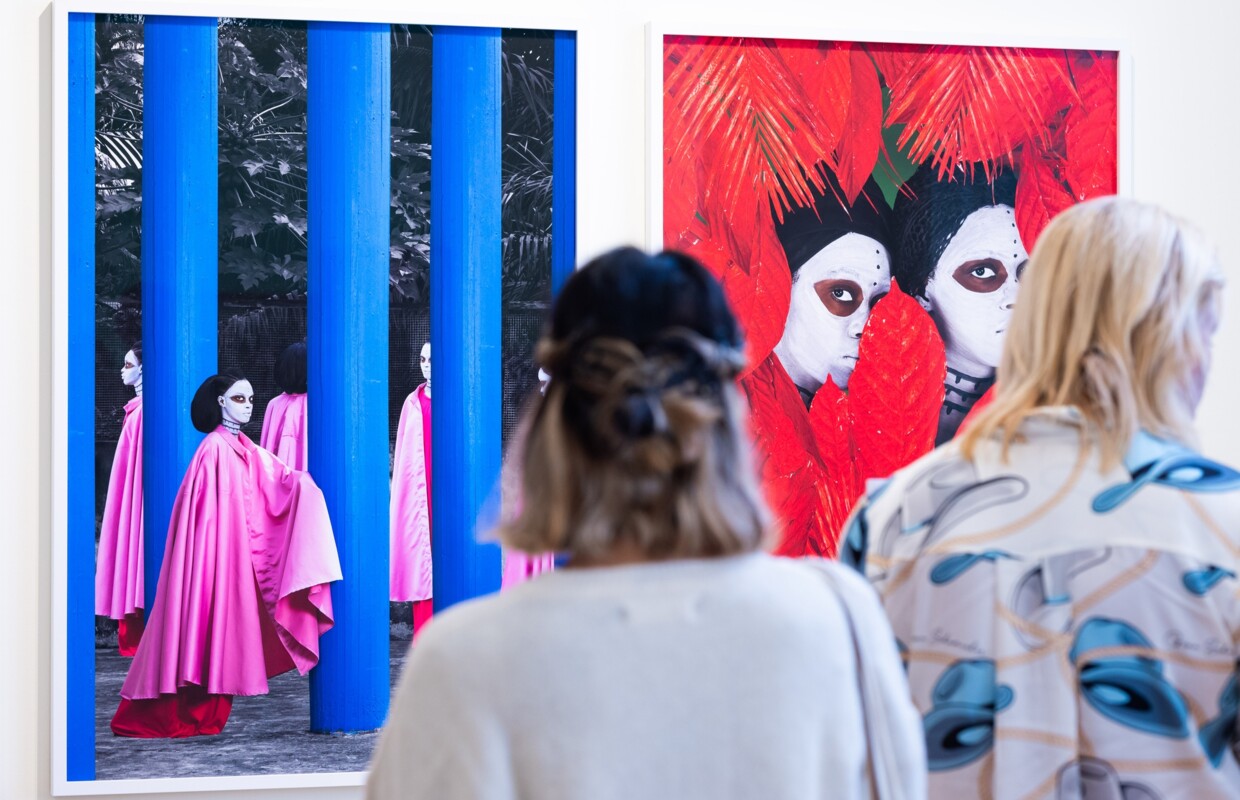
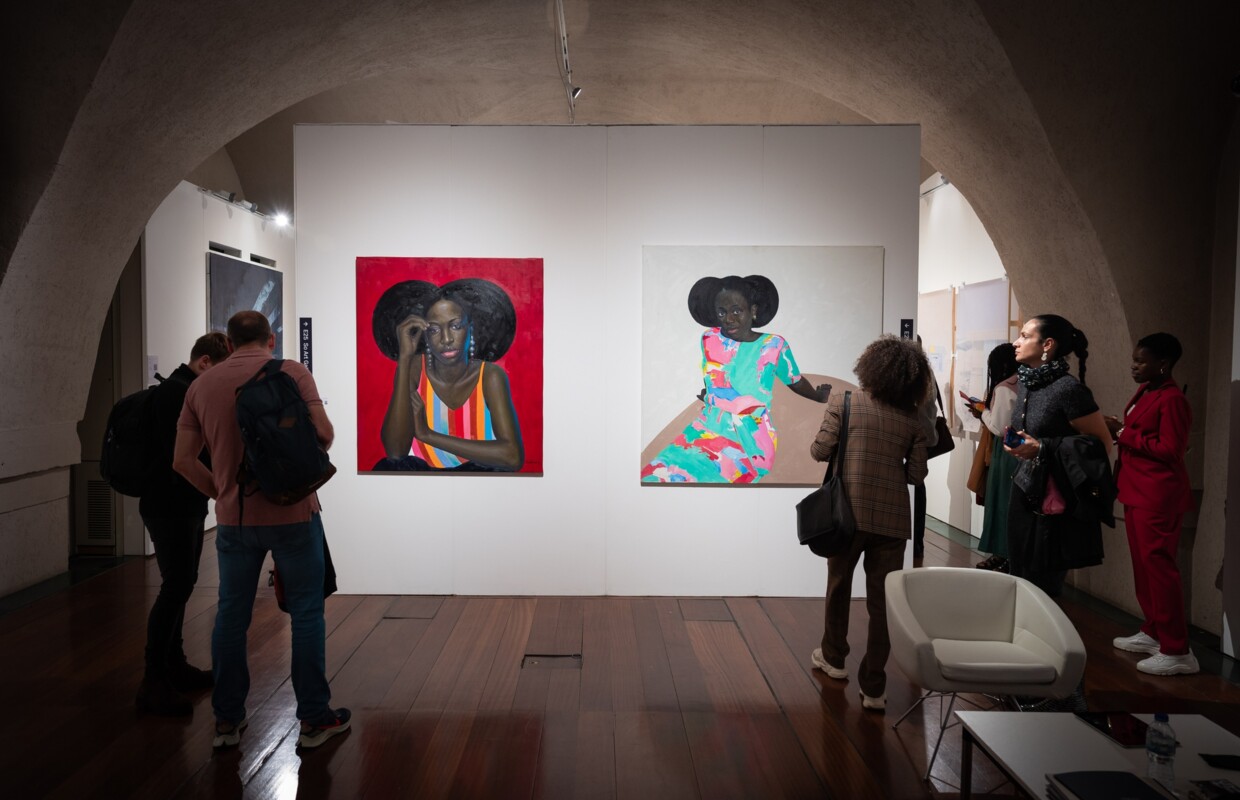
Based on Financial Times observations in relation to the Contemporary African Art ‘a tidal wave of change is coming’ to the market of African art, but according to the Imo Dara Report 2022, just 13% of the 250 survey respondents for the report stated that they collect African art to assist African artists, whereas 54% do it for its cultural significance. Importantly, 75% of those questioned responded that they collect African art for its aesthetic appeal. Adenike Cosgrove who is the founder of Imo Dara, an independent website established to connect collectors of African art with reputable scholars and dealers, has stated that “African collectors have always collected classical African art alongside Modern and Contemporary African Art. Nowadays African art’s provenance has reached strong levels, and it is a crucial factor for buying the art with a precisely explained art work’s history. Another factor for collecting Contemporary African Art is the fact that African countries are becoming richer and, also, longevity of the African art market lies in its ability to diversify.”
1-54 Contemporary African Art Fair will return to Marrakech from 8 - 11 February 2024.
Share the post:

